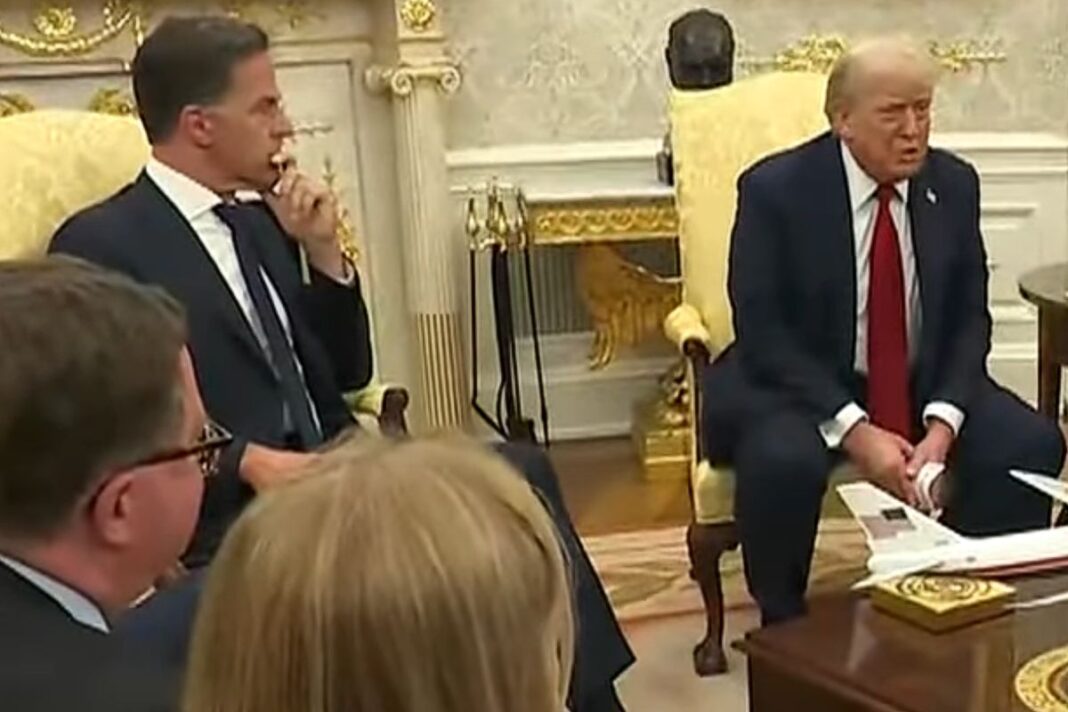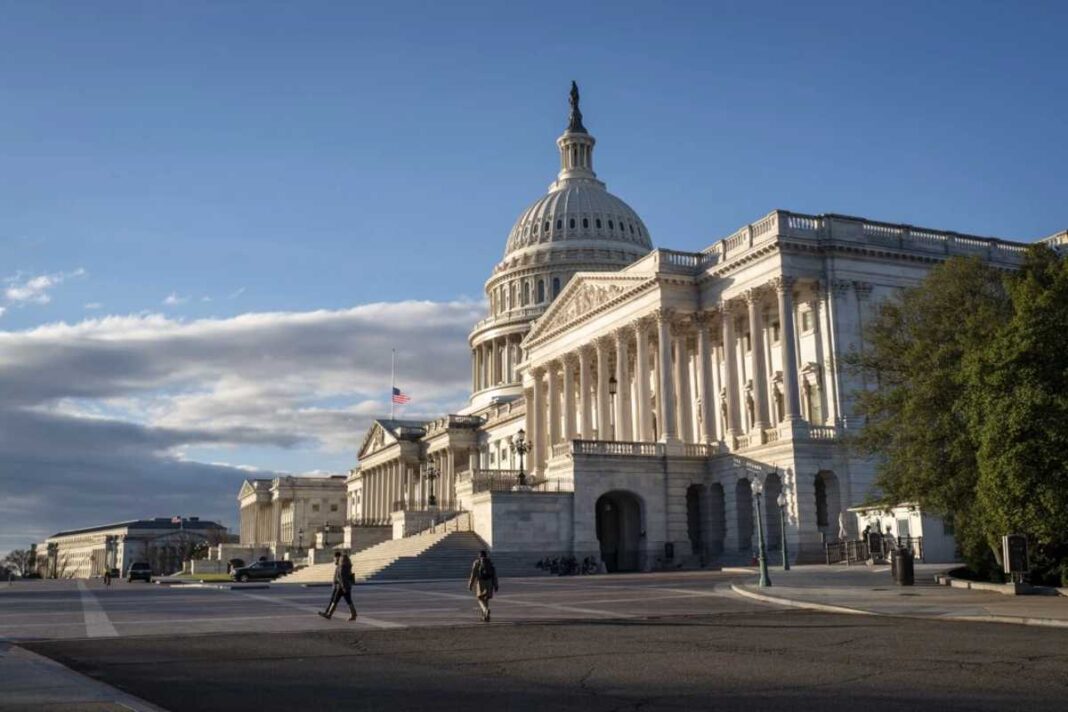The U.S. president has threatened to slap hefty tariffs on Russia’s trade partners if Moscow fails to agree to a cease-fire in Ukraine within 50 days.
U.S. President Donald Trump toughened his stance on Russia this week, pledging to supply Kyiv with “top-of-the-line” military equipment to be paid for by Washington’s NATO allies.
On July 14, he also threatened to slap tariffs of up to 100 percent on countries that continue to trade with Russia—especially those buying its oil—if Moscow fails to agree to a cease-fire with Ukraine within the next 50 days.
“However satisfying Trump’s reversal on Russia may sound to the rest of the world, it is more complicated than it sounds,” Julien Mathonnière, an oil markets economist at the U.S.-based Energy Intelligence, told The Epoch Times.
“Secondary tariffs on countries that rely on Russian oil imports could potentially cost Russia nearly $200 billion in revenue, if they are fully implemented and enforced,” he said. “But that’s a big ‘if.’”
Trump, who was reelected on pledges to swiftly end the ongoing Russia–Ukraine war, issued his ultimatum at a July 14 meeting in Washington with NATO Secretary-General Mark Rutte.
Speaking to reporters the next day, Rutte warned that countries that keep doing business with Russia could be hit “very hard” if Trump makes good on his threat.
“If you live now in Beijing, or in Delhi, or you are the president of Brazil, you might want to take a look into this, because this might hit you very hard,” the NATO chief said after a meeting with U.S. senators.
“Please make the phone call to [Russian President] Vladimir Putin and tell him that he has to get serious about peace talks,” he added. “Otherwise, this will slam back on Brazil, on India, and on China in a massive way.”
Like Russia, the three countries mentioned by Rutte are all founding members of the BRICS group of nations, with China and India now representing the top two importers of Russian crude oil.
Last month, Brazil was the third-largest buyer of Russian oil products, behind Turkey and China, according to the Helsinki-based Center for Research on Energy and Clean Air.
By Adam Morrow








